I could not, however, forgo the opportunity, however brief, of driving alongside a mile or so of Hadrian’s Wall - longed-for sight since my early childhood. It didn’t disappoint! I stopped for five minutes at Birdoswald Fort (more of a butterfly kiss than a long embrace) and stood, exhilarated, facing into a fierce westerly, thinking of WH Auden’s wonderful poem, Roman Wall Blues. If you don’t know it:
Over the heather the wet wind blows,
I’ve lice in my tunic, a cold in my nose.
The rain comes pattering out of the sky,
I’m a Wall soldier, I don’t know why.
The mist creeps over the hard grey stone,
My girl’s in Tungria; I sleep alone.
Aulus goes hanging around her place,
I don’t like his manners, I don’t like his face.
Piso’s a Christian, he worships a fish;
There’d be be no kissing if he had his wish.
She gave me a ring but I diced it away;
I want my girl and I want my pay.
When I’m a veteran with only one eye
I shall do nothing but look at the sky.
I also relished the chance later that day to drive over the Humber Bridge.
“This is the first time I’ve driven over the Humber. I’m quite excited!” I told the nice lady at the toll booth, as I handed her my £1.50.
“Oh, well, enjoy the bridge!” was her friendly reply.
I’m grateful that at 60, I can still feel the wonder and excitement of a child at times like this. Life is good!

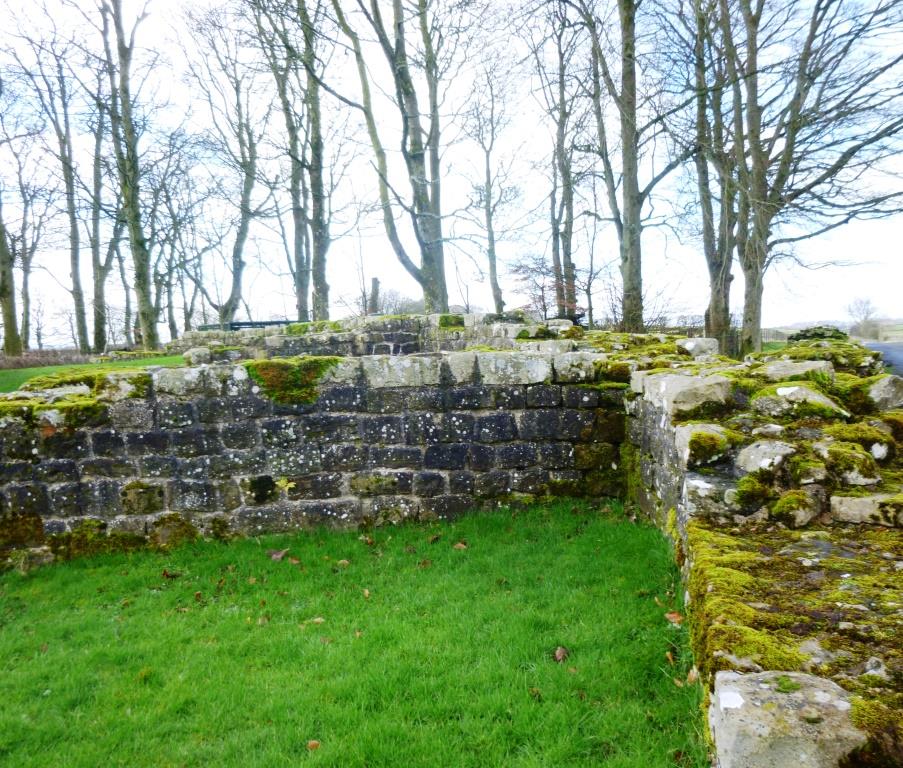
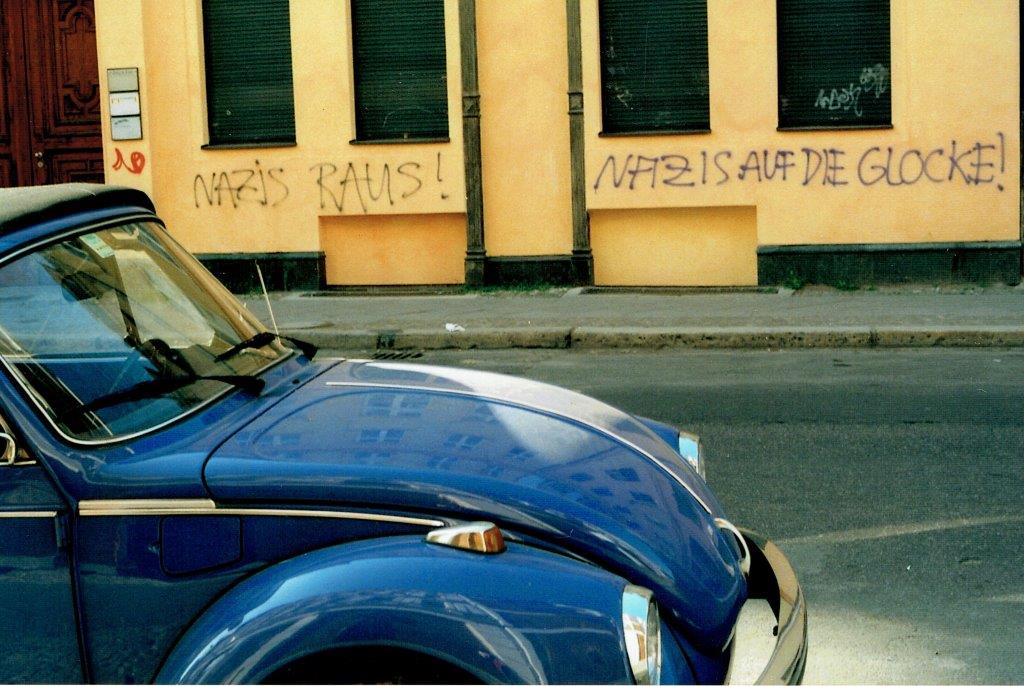
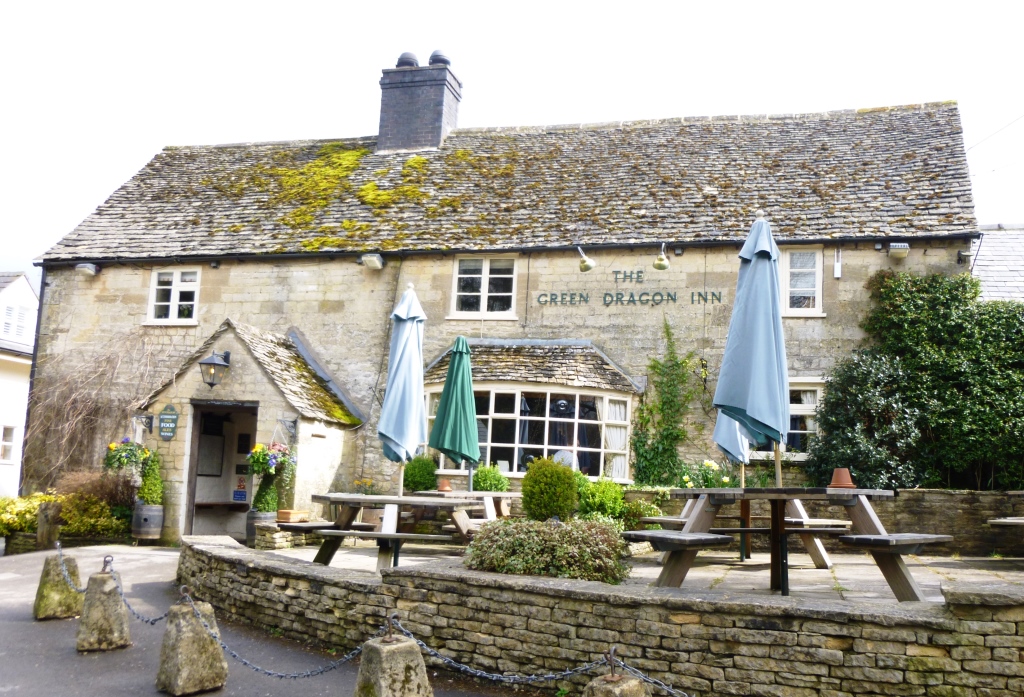
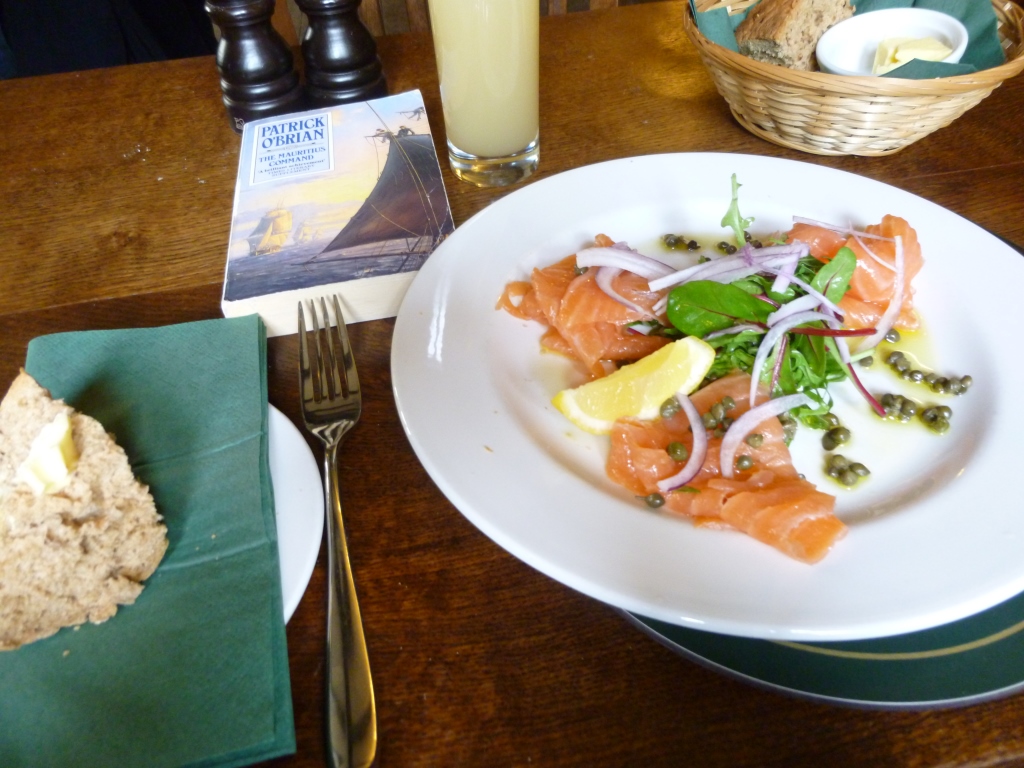
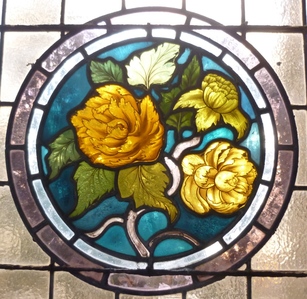
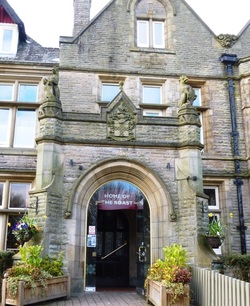
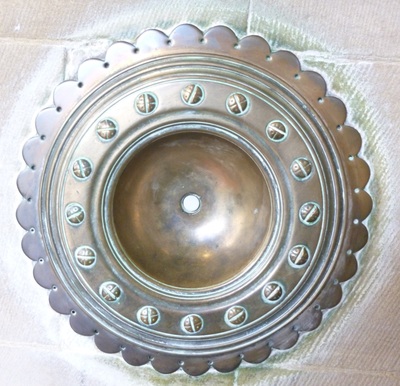
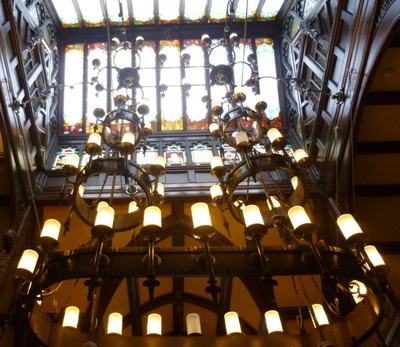
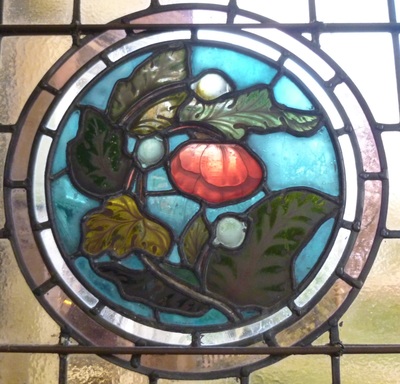

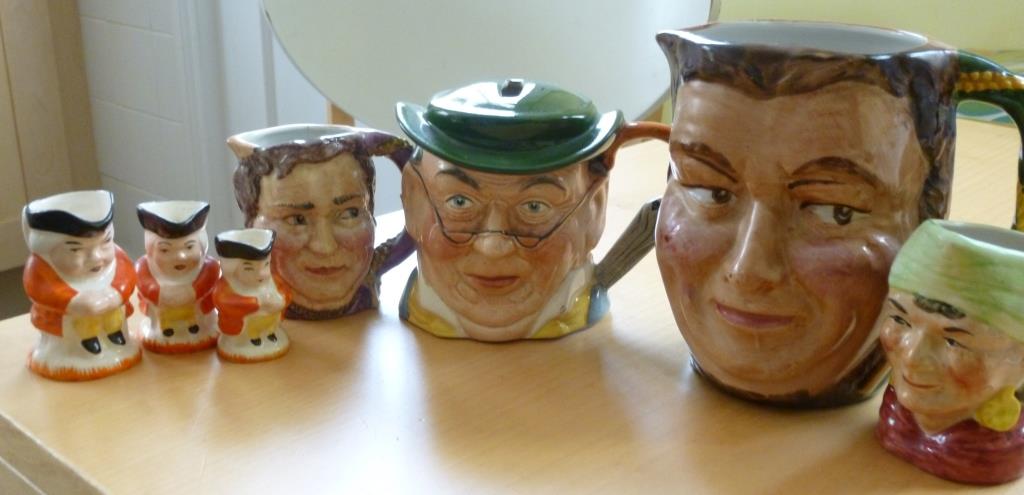
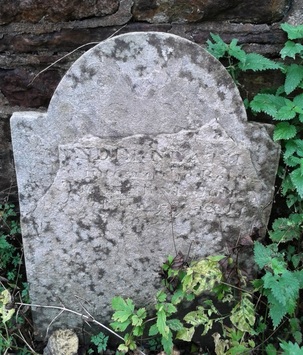
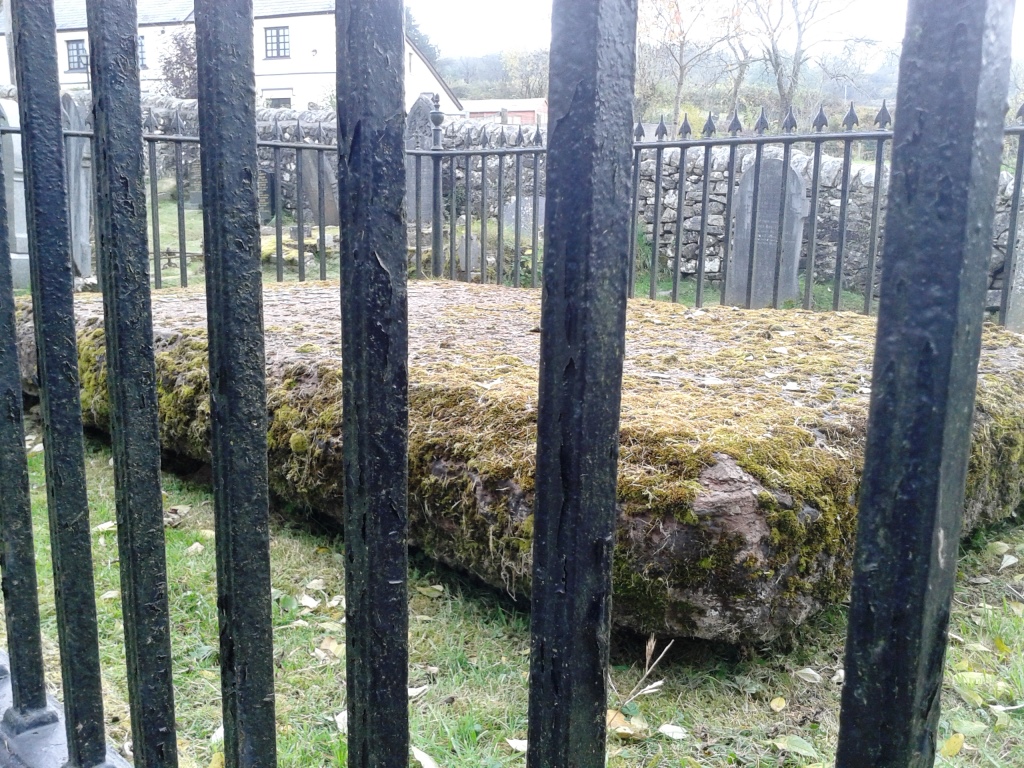
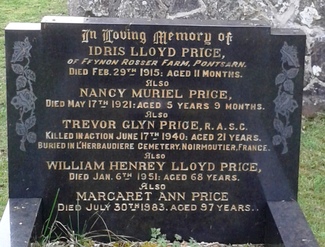
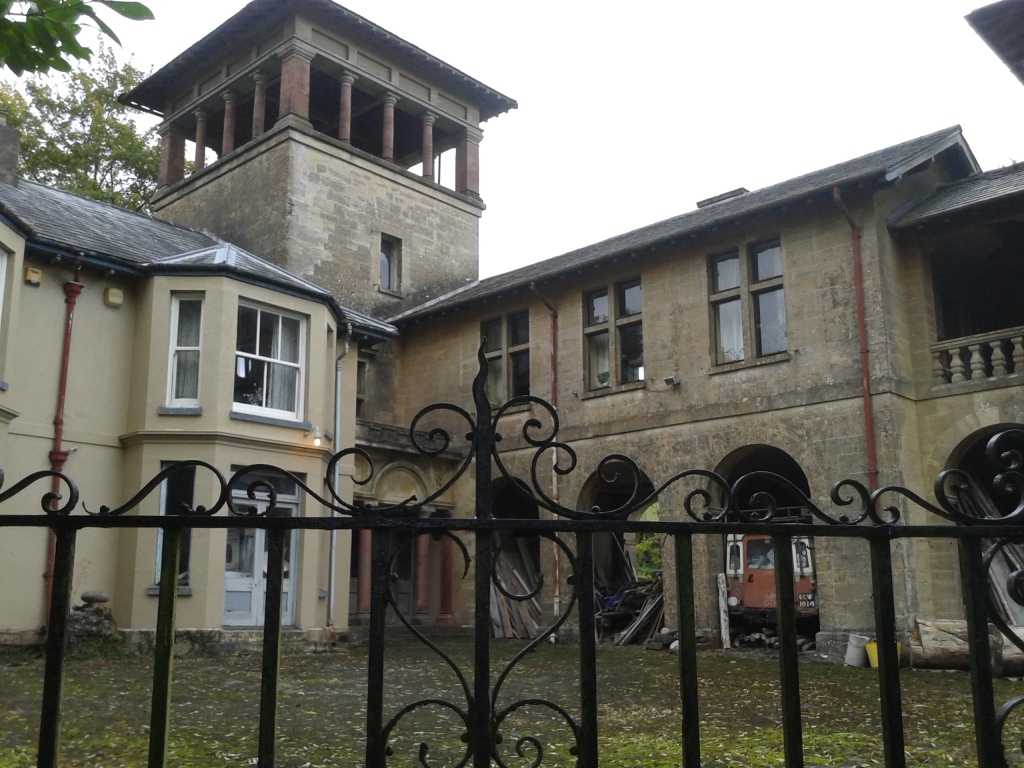
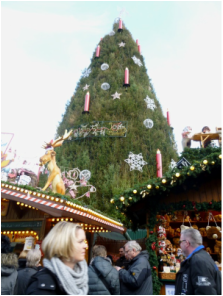
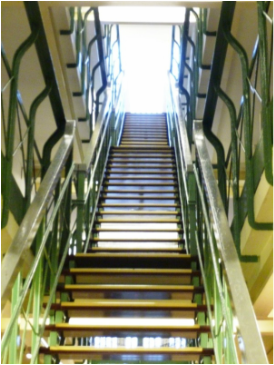
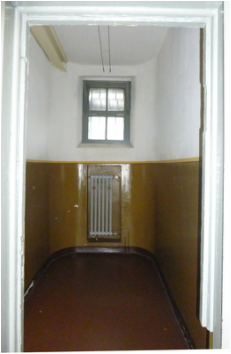

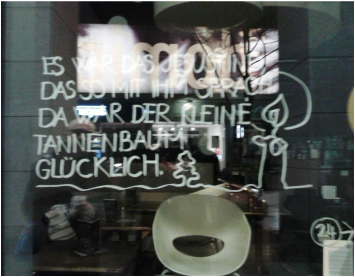
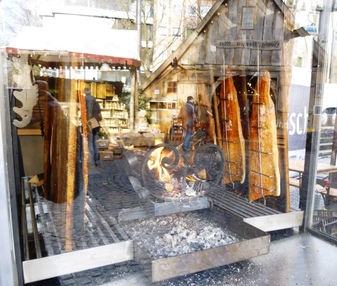

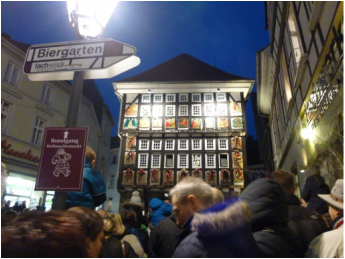
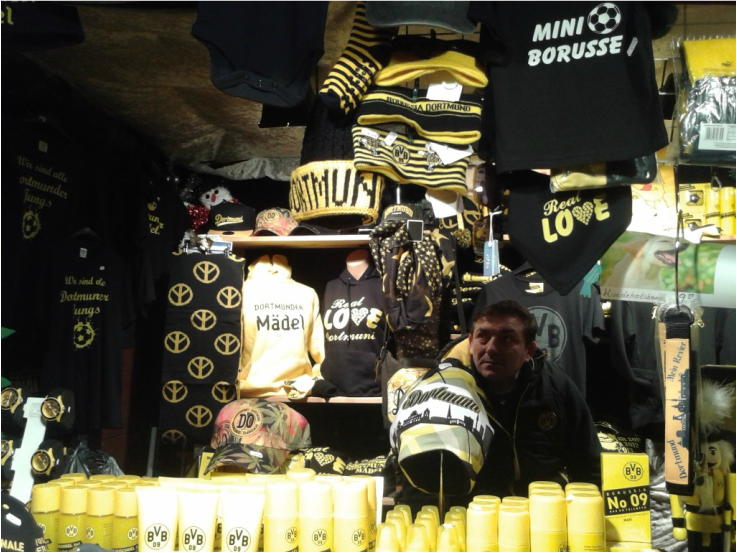
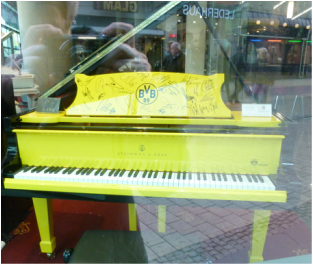
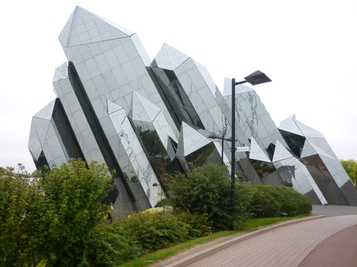
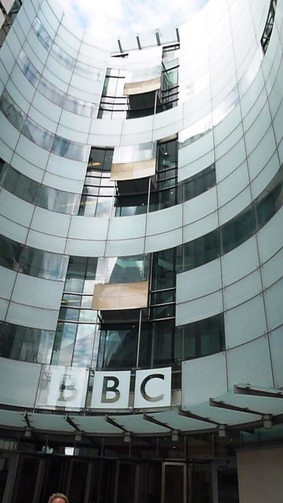
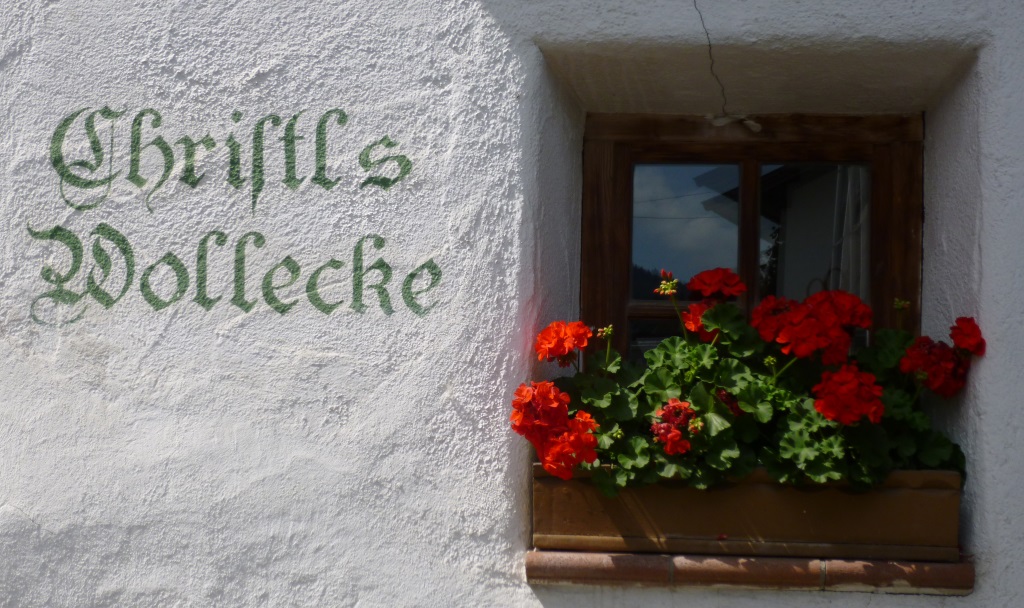
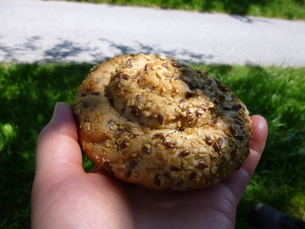
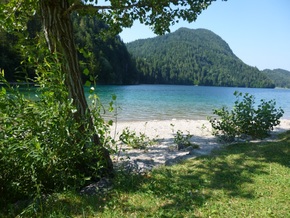
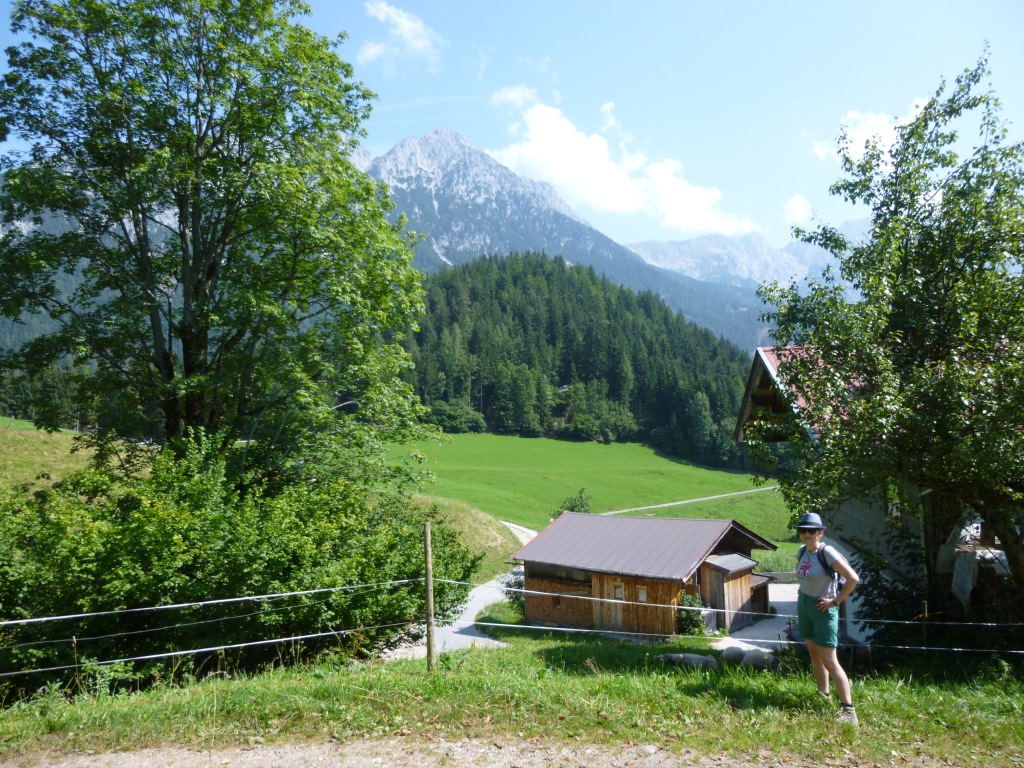
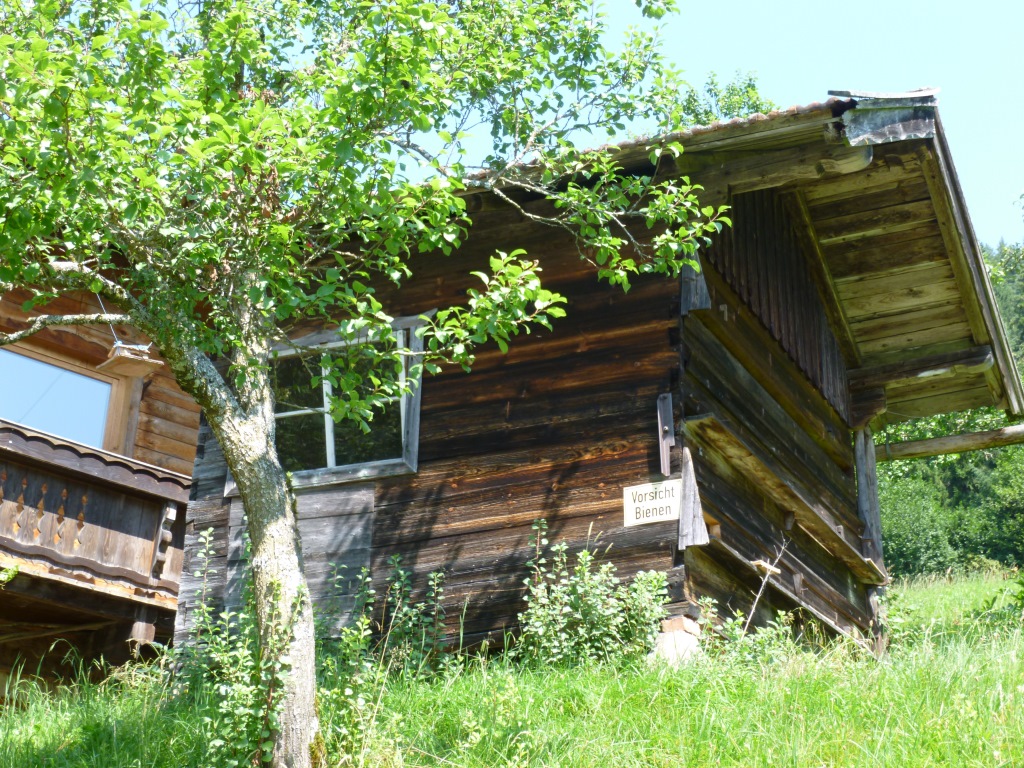
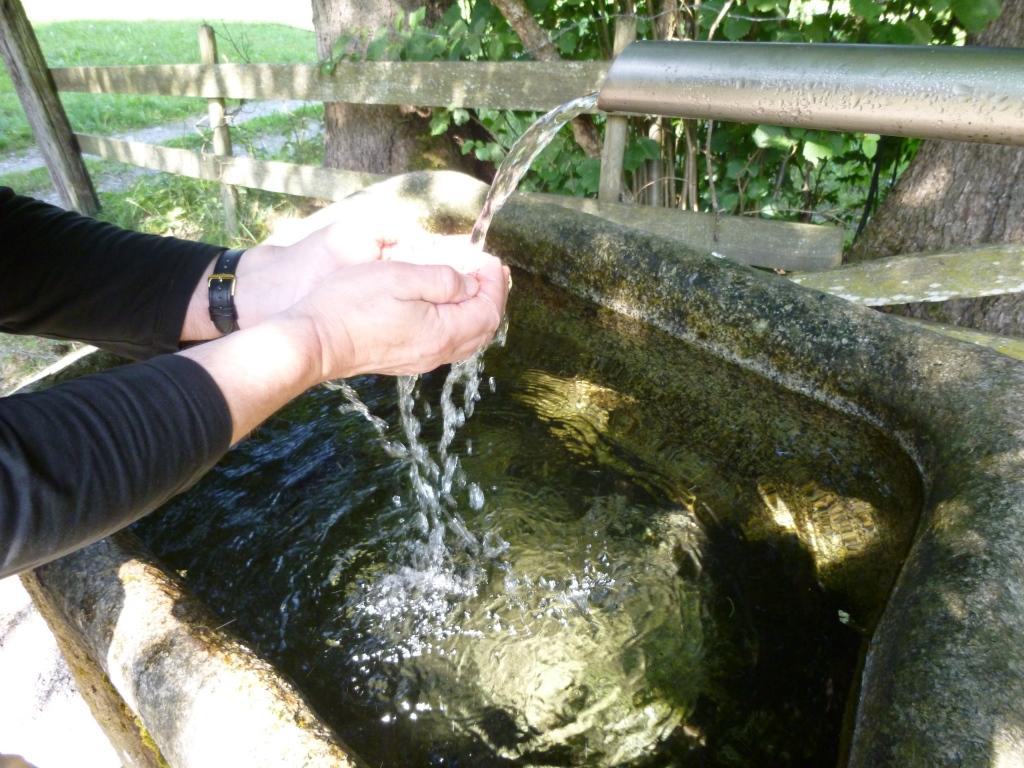
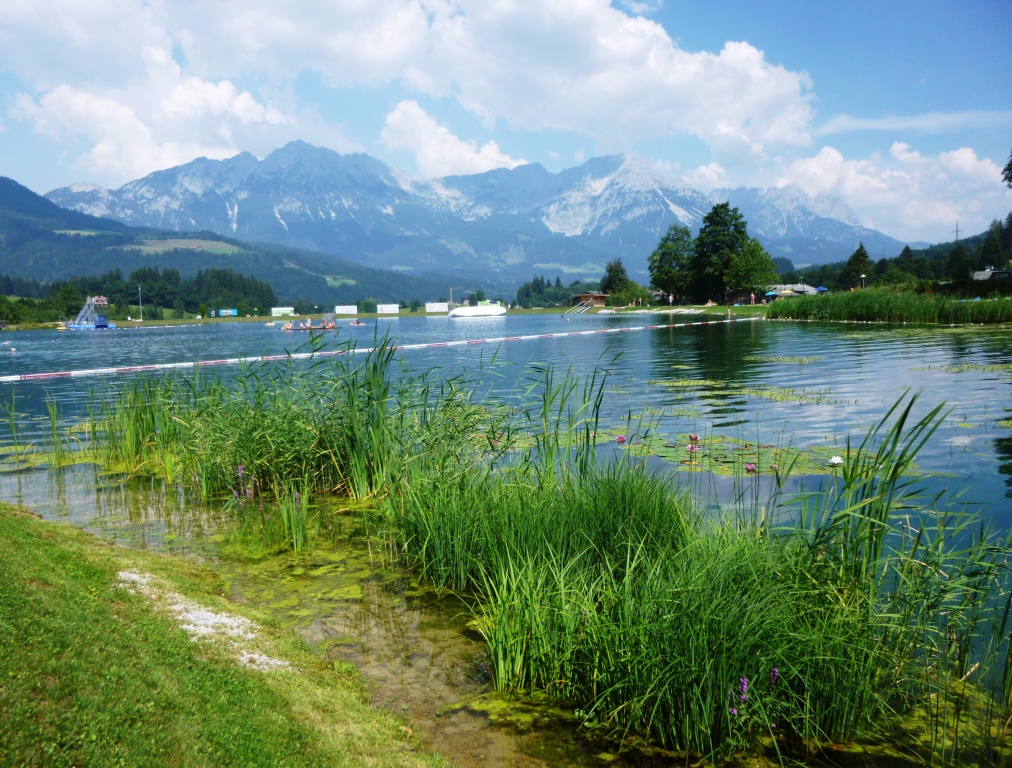
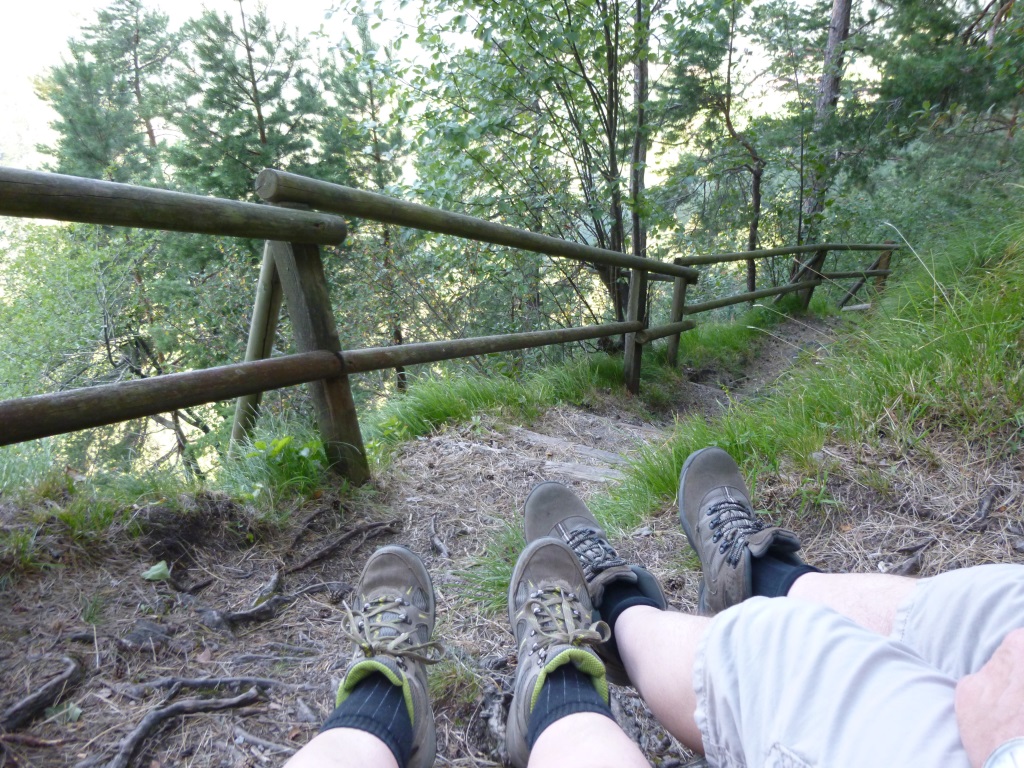
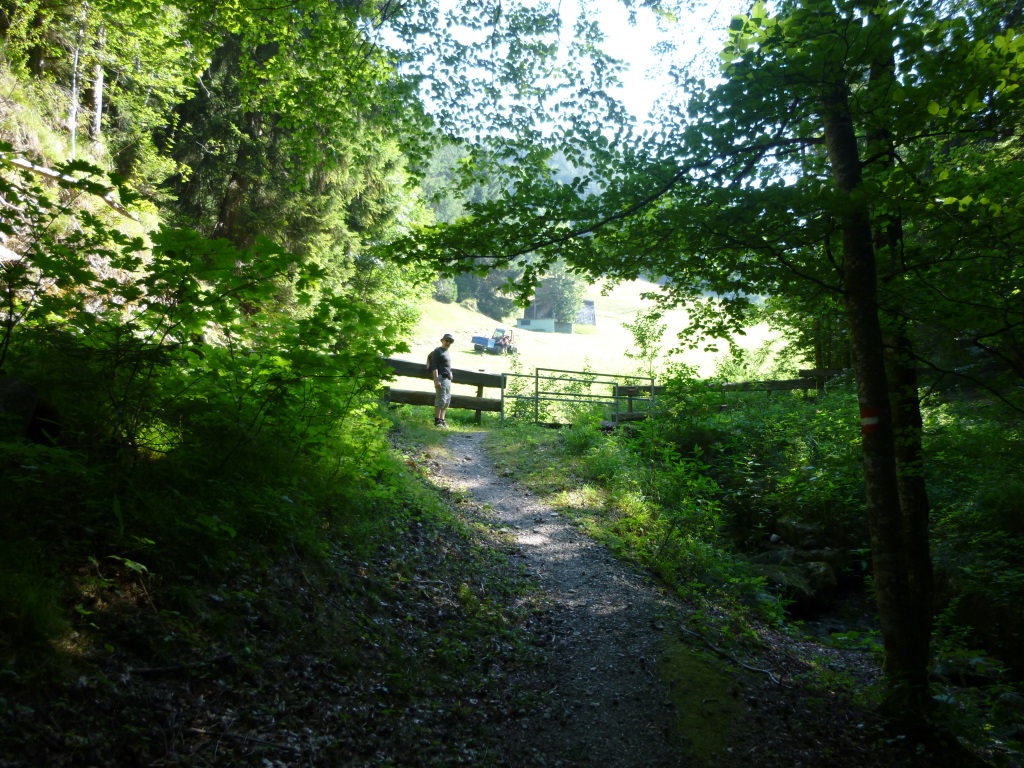
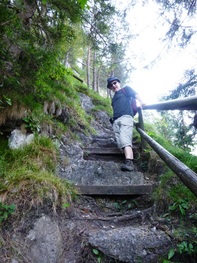
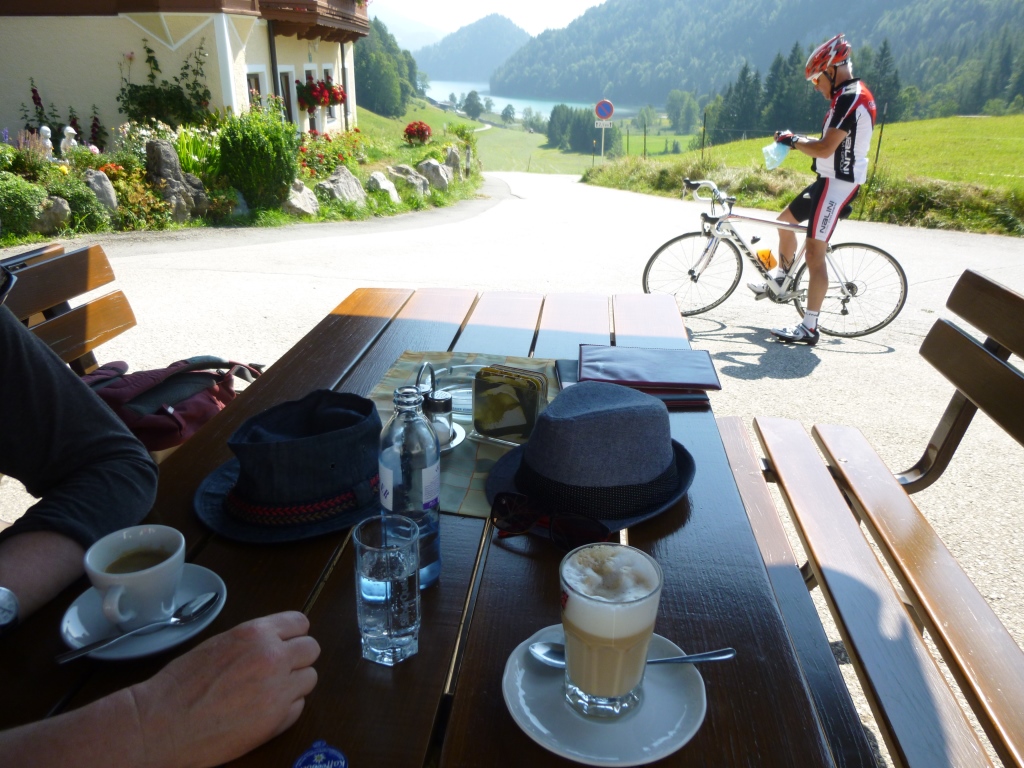
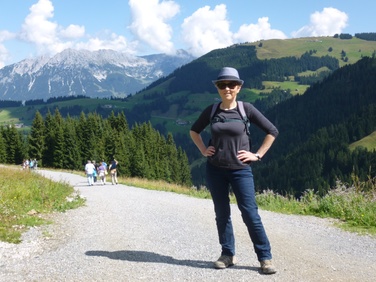
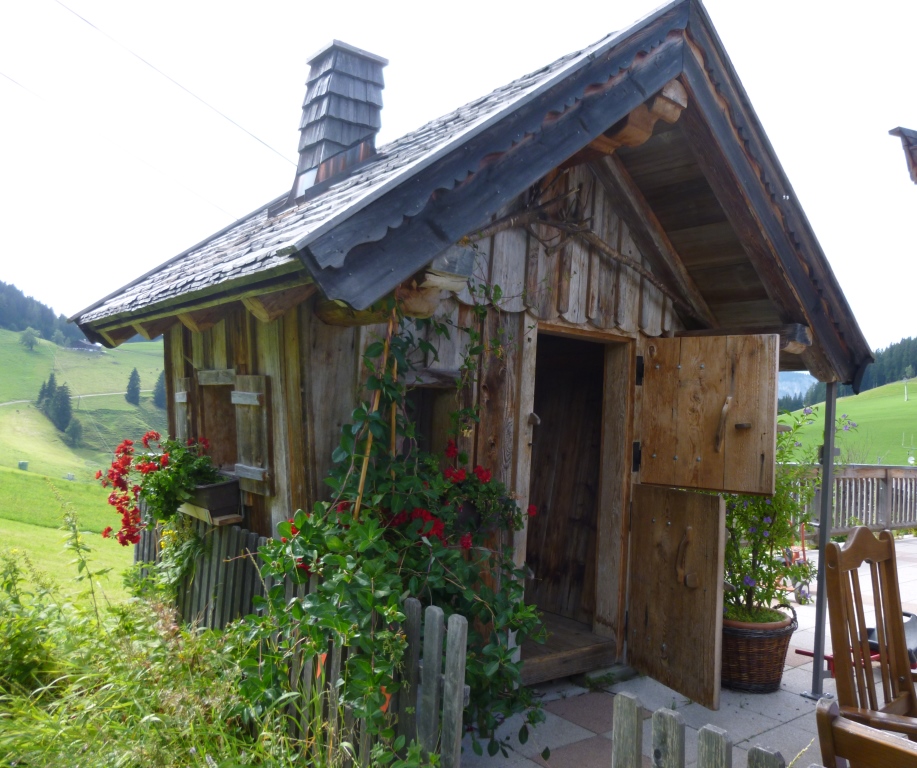
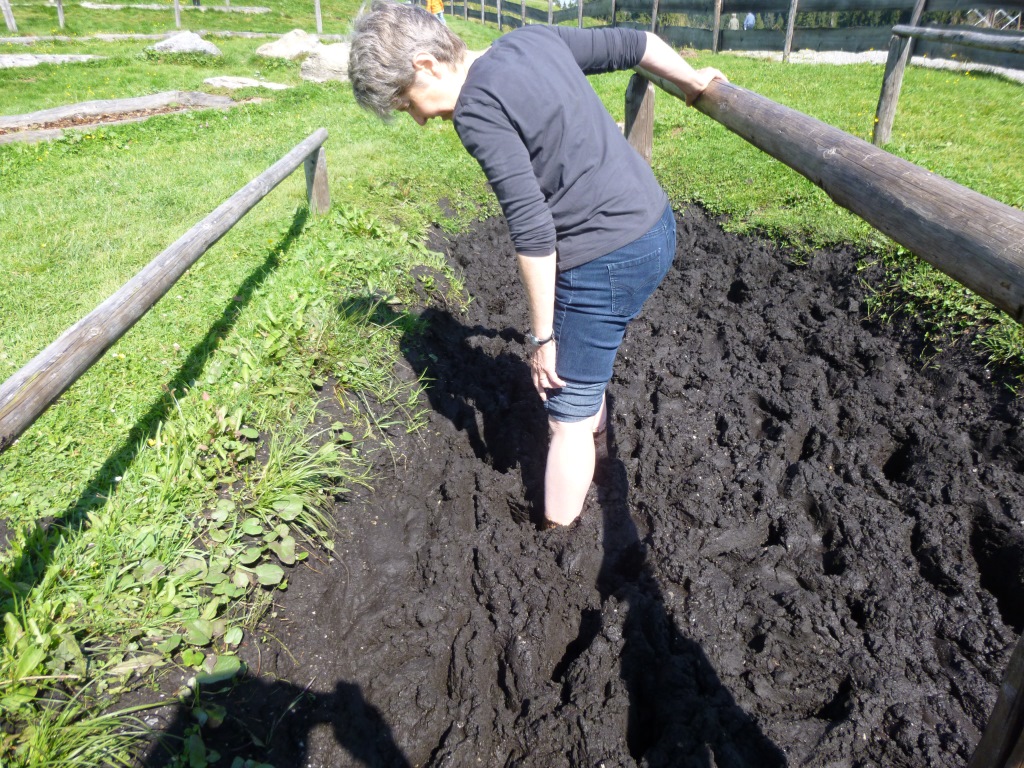
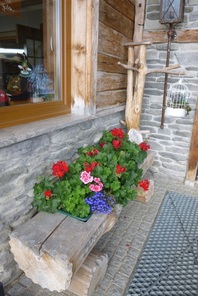
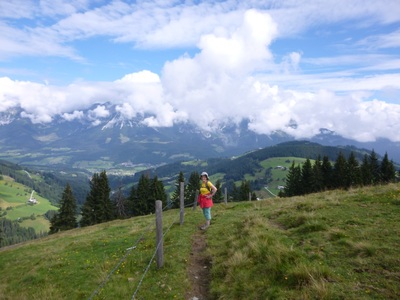
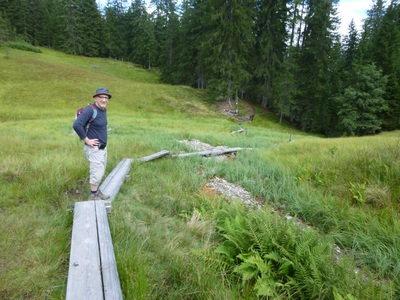
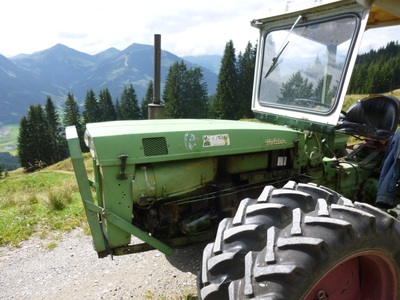
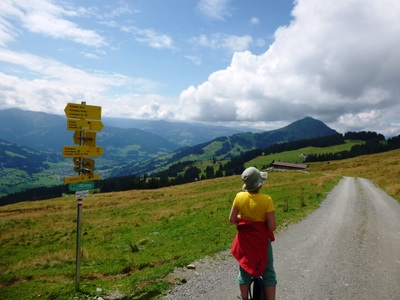
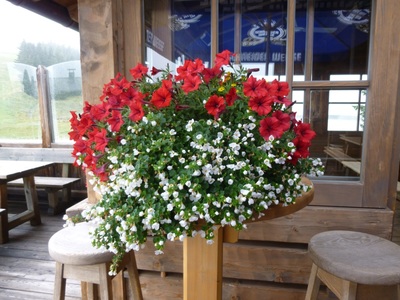
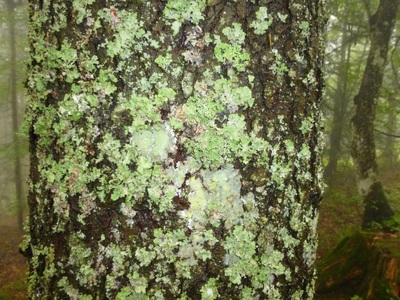
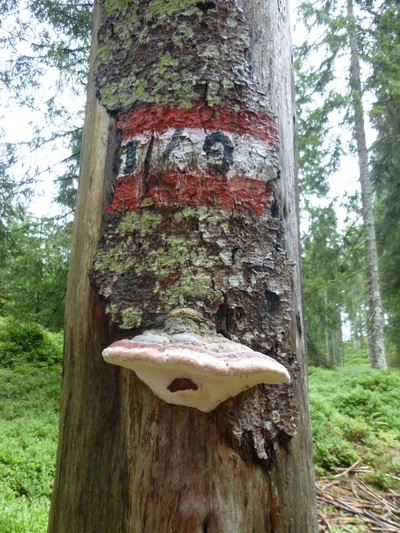
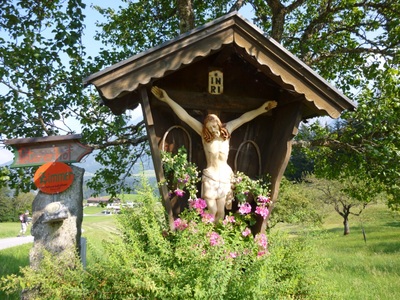

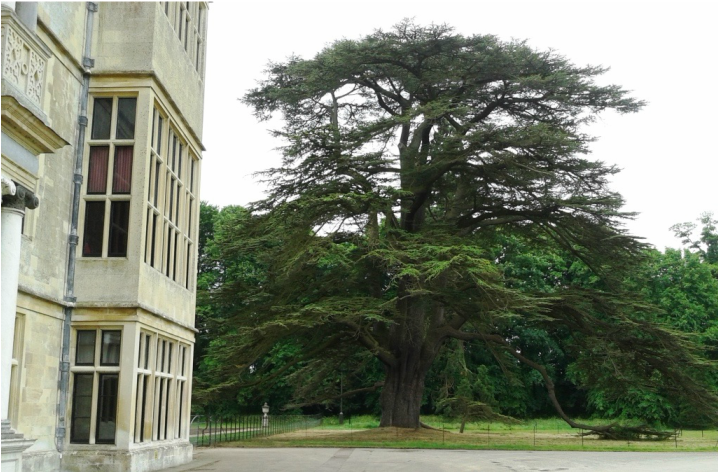
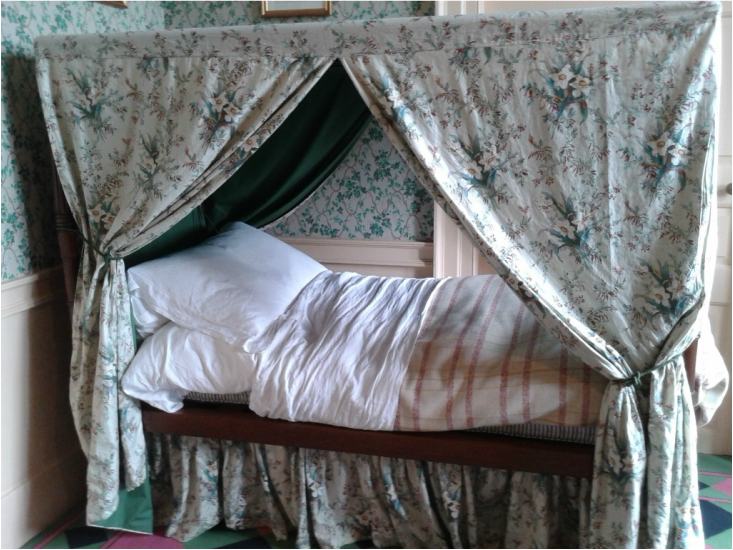
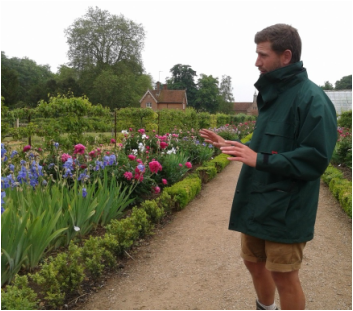
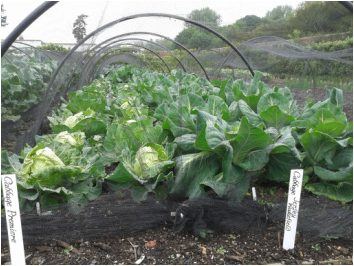

 RSS Feed
RSS Feed
